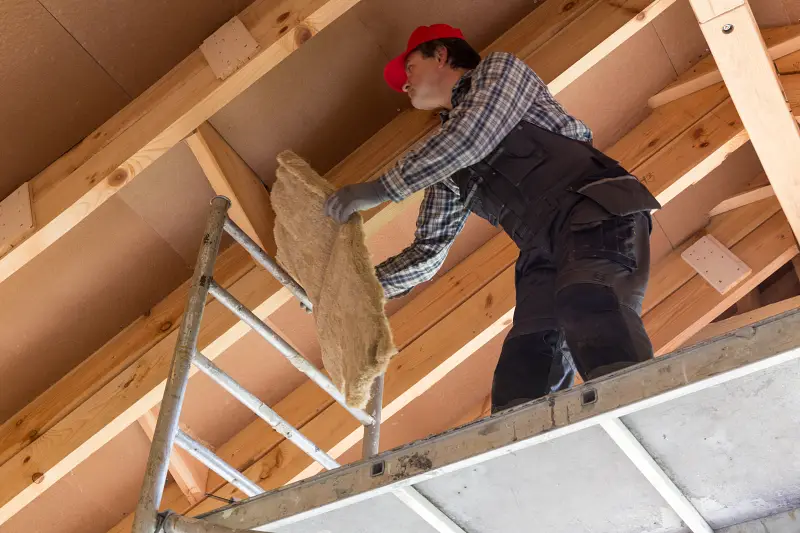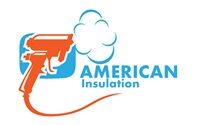Understanding the Importance of Sustainable Residential Insulation
Sustainable residential insulation plays a crucial role in creating a more environmentally friendly and energy-efficient home. By properly insulating your home, you can significantly reduce the amount of energy needed for heating and cooling, resulting in lower utility bills and a smaller carbon footprint. Sustainable insulation materials, such as cellulose, wool, and recycled denim, are not only better for the planet but also for your health as they contain fewer harmful chemicals and toxins compared to traditional insulation options.
In addition to energy savings and improved indoor air quality, sustainable residential insulation also offers other benefits. It helps regulate temperature variations, ensuring a comfortable living environment throughout the year. It also acts as a sound barrier, reducing noise pollution from outside sources. By investing in sustainable insulation, homeowners can not only create a more eco-friendly living space but also improve their overall quality of life while contributing to a greener future.
Exploring the Environmental Impact of Traditional Insulation Materials

As homeowners become more conscious of the environmental impact of their choices, understanding the implications of traditional insulation materials is crucial. One commonly used material is fiberglass, which is made from melted glass fibers. Although it has excellent insulating properties, its production process consumes a significant amount of energy and releases harmful emissions, contributing to air pollution and climate change. Additionally, fiberglass insulation can pose health risks if not properly installed and maintained, as the tiny glass fibers can become airborne and cause respiratory issues when inhaled. Awareness of these drawbacks urges homeowners to consider alternative, more sustainable options.
Another widely utilized insulation material is foam, specifically polystyrene foam. While it provides excellent thermal insulation, its environmental impact is concerning. Polystyrene is derived from non-renewable fossil fuels, and the manufacturing process is energy-intensive. Moreover, it does not easily break down, leading to long-term pollution. Additionally, some types of foam insulation contain chemicals like formaldehyde, which can off-gas and negatively affect indoor air quality. These environmental and health concerns have motivated researchers and manufacturers to develop more sustainable insulation materials that offer similar performance but with minimal negative impact.
Renewable and Natural Insulation Options for a Greener Home
When it comes to creating a greener home, choosing renewable and natural insulation options can make a significant difference. These materials not only provide effective insulation but also help reduce the environmental impact of our homes. One popular natural insulation option is wool. Wool insulation is made from renewable resources and offers excellent thermal performance. It is also breathable, which helps to regulate moisture and air quality in the home. Additionally, sheep wool insulation is naturally fire-resistant and does not release harmful chemicals, making it a safe and eco-friendly choice for homeowners. Another natural insulation option is cellulose insulation. Made from recycled paper, it is a sustainable choice that helps divert waste from landfills. Cellulose insulation is an excellent option for insulating walls, attics, and floors. It also provides soundproofing qualities, making your home quieter and more comfortable.
Insulating with Recycled Materials: An Eco-Friendly Approach
Insulating our homes with recycled materials is an eco-friendly approach that not only helps reduce waste but also contributes to sustainable living. By repurposing materials such as denim, newspapers, and plastic bottles, we can create effective insulation solutions that not only provide comfort but also minimize our environmental footprint.
One popular option for recycled insulation is denim insulation, which utilizes old jeans and denim scraps to create a safe and efficient insulation product. The denim fibers are treated, shredded, and then formed into batts or blown-in insulation, providing excellent thermal performance while also reducing landfill waste. Additionally, using denim insulation reduces the need for new raw materials and helps to conserve energy during the manufacturing process.
By embracing the concept of insulating with recycled materials, we can make a positive impact on the environment while also enjoying the benefits of an energy-efficient and comfortable home. From reduced waste to reduced energy consumption, recycled insulation is a simple yet effective way to contribute to a greener future.
The Benefits of Energy-Efficient Insulation for Sustainable Living
Energy-efficient insulation is becoming increasingly popular among homeowners who are looking to decrease their environmental impact and save on energy costs. By properly insulating a home, it becomes more energy-efficient, reducing the need for heating and cooling systems to work harder to maintain a comfortable indoor temperature. This not only leads to significant energy savings but also contributes to a smaller carbon footprint. With energy prices continuing to rise, investing in energy-efficient insulation is a wise choice for sustainable living.
In addition to reducing energy consumption, energy-efficient insulation offers numerous benefits for homeowners. Improved insulation can enhance indoor comfort by reducing drafts and cold spots, creating a consistent and cozy environment throughout the home. Moreover, energy-efficient insulation helps to minimize outdoor noise, providing a peaceful and tranquil atmosphere indoors. Along with these direct benefits, installing energy-efficient insulation can also increase property value, as prospective buyers are increasingly drawn to homes that are environmentally friendly and cost-effective to maintain.
